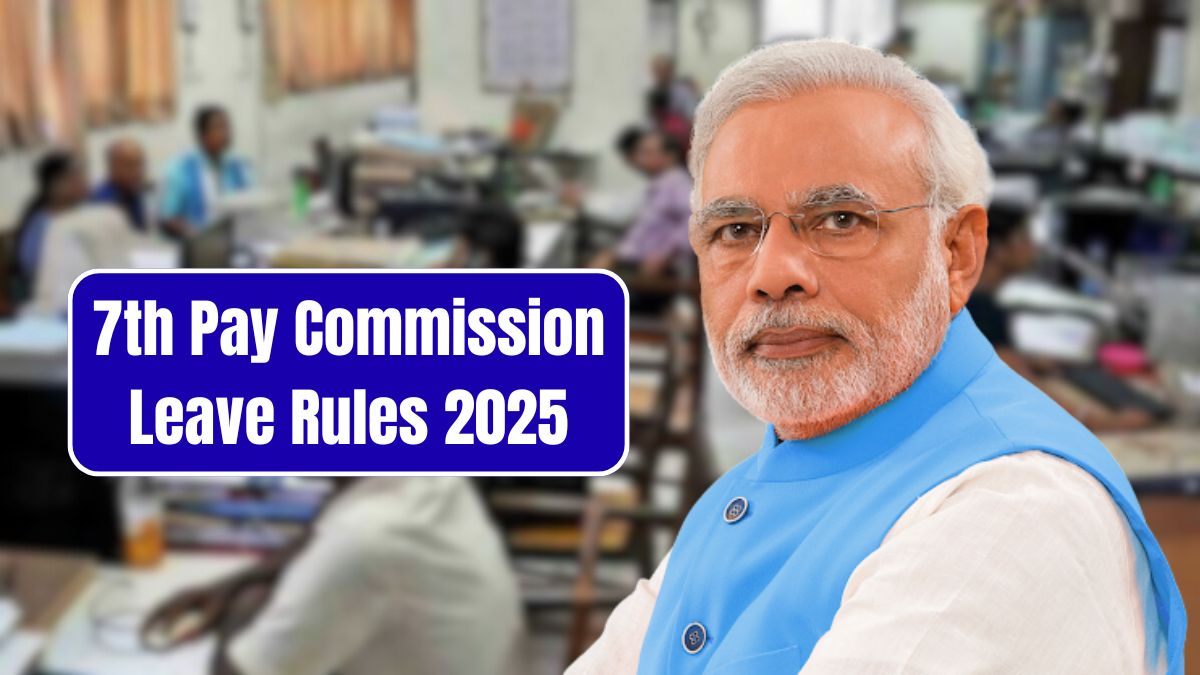Still juggling leave applications around endless approvals? You’re not alone. The 7th Pay Commission leave rules have reshaped how much time off you get, how it’s credited, and even how you cash it out. Let’s simplify what’s new and what stays the same.
What the 7th Pay Commission Leave Rules Mean for You
You might be wondering about your annual leave quota. Under the updated rules, civilian employees earn 30 days of earned leave each year, credited at 2.5 days per month. It accumulates up to 300 days, offering more flexibility for vacations and emergencies.
Earned Leave Entitlements Under 7th Pay Commission
It’s easier than it seems once you know where to look—earned leave is your go-to for planned time off. You can combine it with half-pay or medical leave, and carry forward up to 300 days. That’s a safety net if you need a longer break.
Half Pay Leave and Commuted Leave Simplified
Half pay leave grants 20 days each year at half your average pay. You can convert up to half of that into commuted leave with full pay, provided you submit a medical certificate. It’s ideal when you need more paid days off for health reasons.
Child Care and Maternity Leave Updates
Female employees have up to two years of child care leave across their service, with full pay in year one and 80% in year two. Maternity leave remains 180 days, and paternity leave stays at 15 days for eligible male employees under the 7th Pay Commission leave rules.
Leave Encashment Rates by Pay Level
Checking how much you’ll get if you encash earned leave? Here’s a quick look based on basic pay and daily rate calculations:
| Pay Level | Basic Pay (₹) | Daily EL Encashment Rate (₹) |
|---|---|---|
| Level 1 | 19,900 | 664 |
| Level 5 | 35,400 | 1,180 |
| Level 10 | 62,000 | 2,067 |
| Level 14 | 1,44,200 | 4,807 |
Daily rates are basic pay divided by 30, showing what each leave day is worth when cashed out.
Applying and Tracking Your Leave Balances
If your HR portal still shows outdated leave figures, you’ll want to flag it quickly. Confirm that each month’s 2.5 days of earned leave has been credited, and check half-pay and child care leave balances before planning time off.
Staying Updated on Policy Changes
Government circulars can tweak leave rules overnight, so bookmark the DoPT website and your ministry’s intranet pages. When any adjustment rolls out—whether it’s an extra gazetted holiday or new encashment guidelines—you’ll know where to look.



